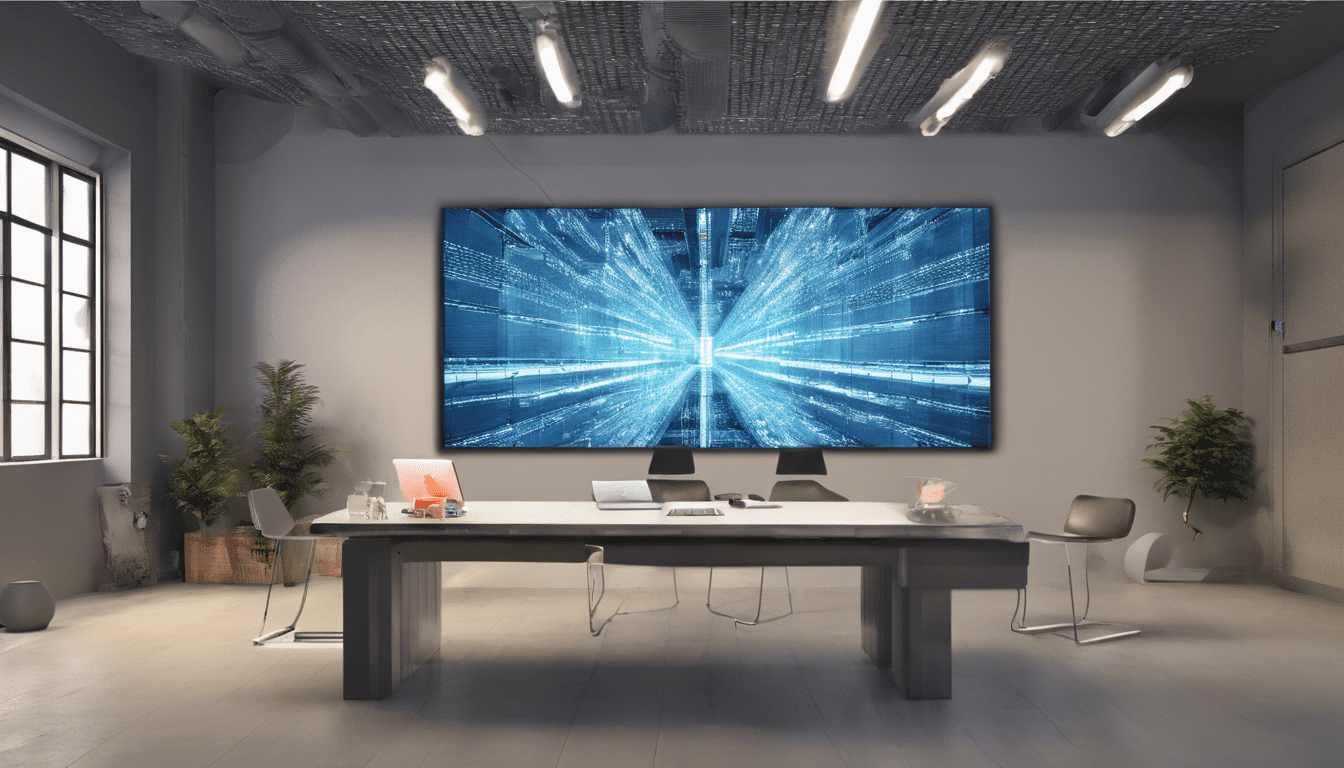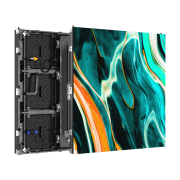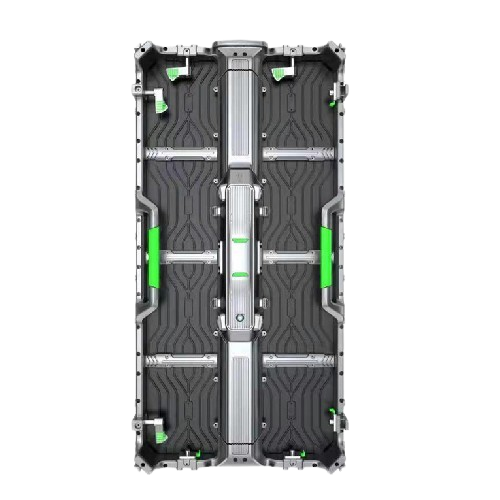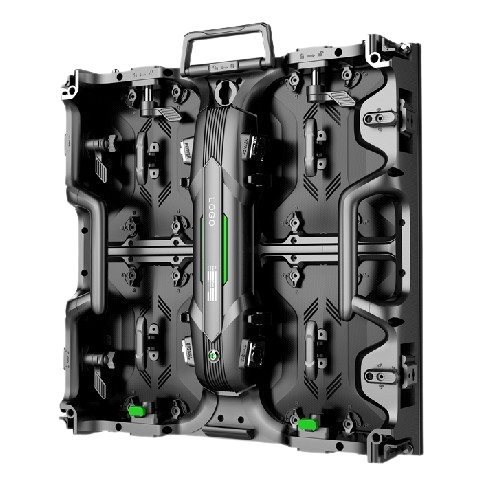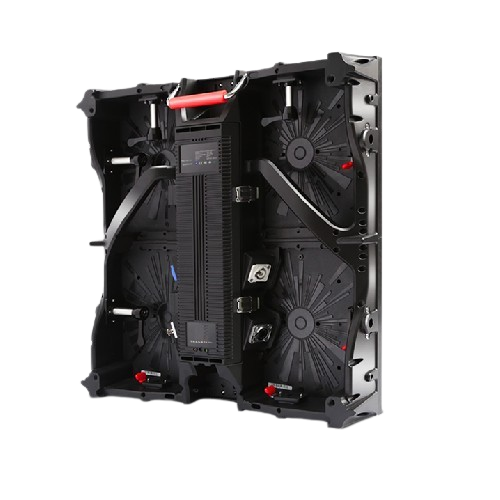Unlocking the Secrets of LED Display Panel Manufacturing
Introduction to LED Display Panel Manufacturing
The LED display panel manufacturing industry has grown exponentially over the last few decades, revolutionizing both commercial and consumer electronics. LED technology offers superior display quality, energy efficiency, and durability compared to other display technologies. This article takes a deep dive into the complex yet exciting world of LED display panel manufacturing, covering every step from raw materials to the final product.
Understanding LED Technology
LEDs, or Light Emitting Diodes, are semiconductor devices that emit light when an electric current passes through them. Their applications range from tiny indicator lights to large-scale display panels. Here’s a basic breakdown:
- Basic Structure: Consists of a diode with a positive (anode) and negative (cathode) lead.
- Materials: Generally made of gallium, arsenic, and other materials.
- Advantages: High efficiency, low energy consumption, and long lifespan.
Key Components of LED Display Panels
LED Chips
The heart of the LED display panel is the LED chip, and its quality determines the panel’s overall performance.
- Production: LED chips are typically created by depositing materials like gallium arsenide onto a substrate.
- Sizes: Usually range between 5mm to 10mm in size.
- Colors: Emit basic colors such as red, green, and blue, which combine to create full-color displays.
Printed Circuit Boards (PCBs)
These serve as the backbone of LED display panels. The PCB provides the structure to which the LEDs are mounted.
- Materials: Commonly made from fiberglass or aluminum to ensure durability and heat dissipation.
- Design: Features intricate pathways to connect each LED for coordinated lighting.
Driver ICs
Driver Integrated Circuits (ICs) control the current passing through each LED.
- Function: Maintain consistent brightness and color quality.
- Types: Multiplexed or direct drive, depending on the application.
Manufacturing Process of LED Display Panels
Wafer Fabrication
Wafer fabrication is the initial step where semiconductor materials are deposited on a substrate. This wafer is later sliced into individual LED chips.
- Materials: Gallium arsenide, gallium nitride.
- Tools: Metal-organic chemical vapor deposition (MOCVD) equipment.
Chip Bonding
In the chip bonding process, individual LEDs are mounted onto the PCB.
- Methods: Wire bonding or flip-chip bonding.
- Quality Checks: Ensure electrical connectivity and mechanical stability.
Encapsulation
Encapsulation protects the LED chips from environmental factors and enhances light output.
- Materials: Epoxy or silicone-based resins.
- Techniques: Molding or dispensing.
Assembly and Soldering
Solders are used to connect the LED chips and other components securely onto the PCB.
- Materials: Lead-free solder pastes are commonly used.
- Methods: Reflow soldering, wave soldering.
Testing and Quality Control
Quality assurance is essential at every stage of LED display panel manufacturing to ensure the final product meets industry standards.
- Initial Testing: Involves checking each LED chip for brightness, color, and efficiency.
- Mid-Process Testing: Quality inspections during the encapsulation and assembly stages.
- Final Testing: Comprehensive tests include visual and functional assessments, thermal stress tests, and longevity tests.
Advancements and Innovations
The field of LED display panel manufacturing is ever-evolving. Recent advancements have focused on improving efficiency, reducing costs, and enhancing display quality.
- MicroLED Technology: Enables higher resolutions and improved brightness control.
- Flexible Displays: Use bendable substrates for innovative applications like wearable tech.
- Quantum Dot Enhancement: Utilizes quantum dots to offer superior color accuracy.
Use Cases and Applications
LED display panels are ubiquitous, serving various sectors and applications:
- Consumer Electronics: Smartphones, TVs, monitors, and virtual reality headsets.
- Commercial Displays: Billboards, indoor advertising, and digital signages.
- Industrial Applications: Control panels, automotive displays, and medical equipment.
Global Market Trends
The global market for LED display panels has been expanding rapidly.
- Market Size: The industry is projected to reach significant revenue milestones by 2030.
- Key Players: Companies like LG, Samsung, and Panasonic dominate the market.
- Regional Analysis: Asia-Pacific remains the largest hub for manufacturing and exports.
Frequently Asked Questions
What materials are commonly used in LED display panel manufacturing?
The core materials include gallium arsenide for the LEDs, fiberglass or aluminum for the PCBs, and epoxy or silicone resins for encapsulation.
What are the main benefits of LED display panels?
LED display panels offer superior brightness, energy efficiency, long lifespan, and excellent color reproduction compared to other display technologies.
What are some of the challenges in LED display panel manufacturing?
Challenges include maintaining high quality while reducing costs, dealing with heat dissipation, and continually innovating to meet market demands.
How big is the LED display panel market?
The LED display panel market is large and growing, projected to reach multi-billion dollar revenues in the next decade.

